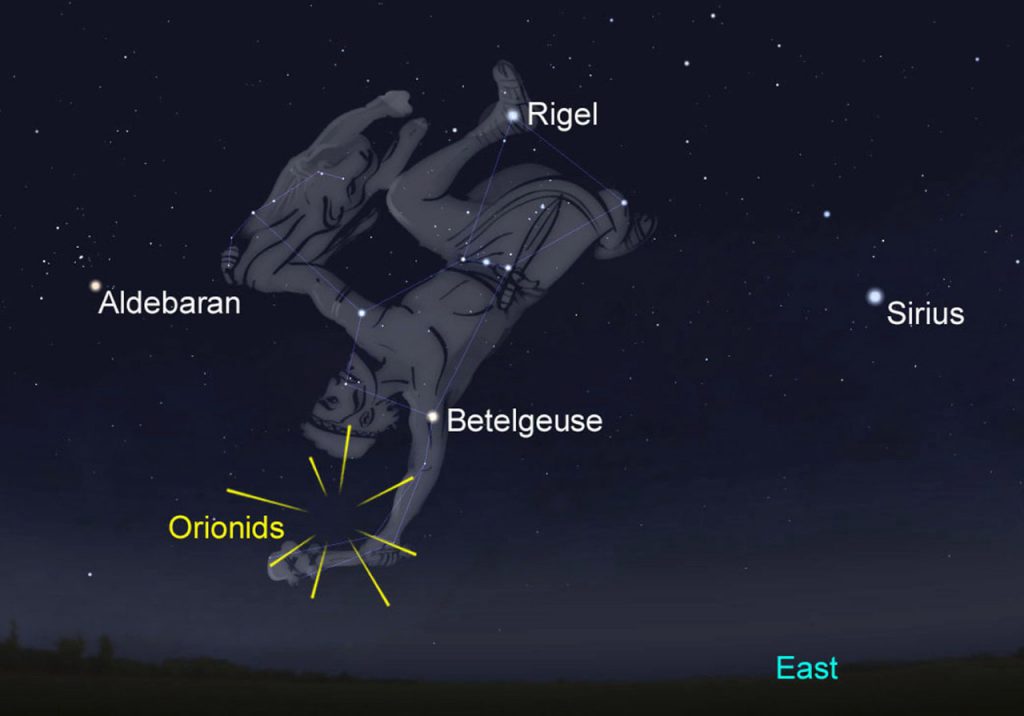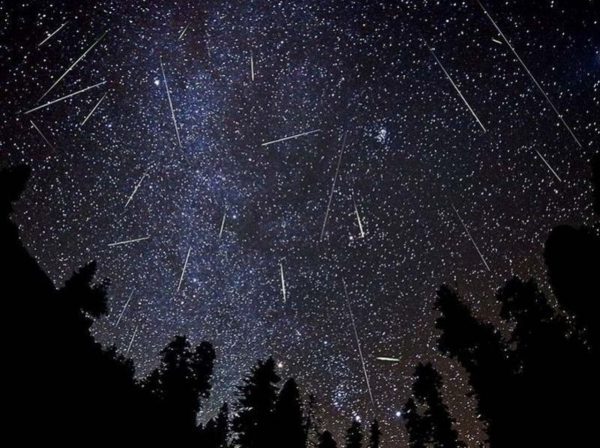In the early morning of the 22nd of October, as most of us are asleep, the Orionids meteor shower will peak
Just like driving through a locust plague, The Earth will run into millions of tiny meteorites that won’t know what has hit them until it’s too late. Don’t worry though; The Earth will take care of the clean-up and the insurance claim.
The Orionids have been observed for at least 200 years now and they’re caused by The Earth flying through the debris leftover from Comet Halley’s tail. They’ll appear to be coming from the Orion constellation which is where the meteor shower gets its name from. As the Comet orbits The Sun, an orbit that takes 76 years, it leaves a debris field full of dust, ice, and rocks that can be over 1,000 years old. Every October, The Earth fly’s through this debris field, with the dust, ice, and rocks entering The Earth’s atmosphere and burning up causing the brilliant streaks of light that you see from the ground.
Orionids is one of the top meteor showers to observe during the 4th quarter of the year, with about 15 to 20 green or yellowish meteorites streaking through the atmosphere per hour. The debris field started hitting The Earth around the 2nd of October and it’ll finish up towards the 7th of November.
The meteor shower will peak on the 21st and 22nd of October, but this year The Moon will be in our skies at the same time and it’s in the waxing gibbon phase (the phase of The Moon in-between a quarter moon and a full moon) so we’ll have to put up with some light pollution from The Moon.
Orion will appear in our skies around 10:30 pm at night so the best time to view the Orionids is between midnight and 4 am.
If you do get up at those ungodly hours to look at the meteor shower, you need to look directly east around midnight and then towards the North as it gets closer to sunrise.
Originally posted as a TweetPerth article: The Orionids Meteor Shower.







